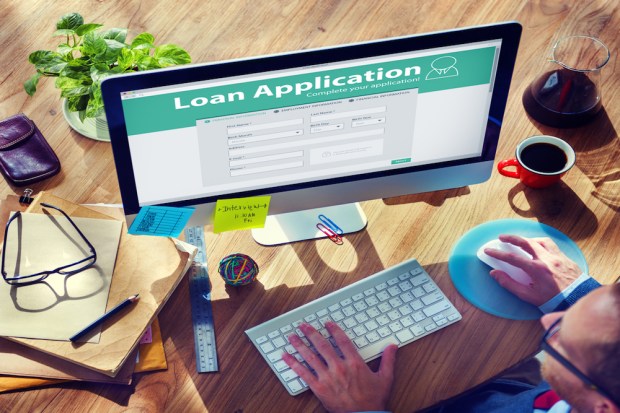Consumer Debt Slows — Signals Customer Caution

According to new information released by the Federal Reserve yesterday (Dec. 7), Americans took on debt at a slower rate in Oct. 2015, indicating more cautious spending on the part of consumers.
Outstanding consumer debt, which reflects all non-mortgage debt in the U.S., was up around $16 billion, a 5.5 percent annual rate increase. That demonstrates some leveling off in the market since September when consumer debt was up 9.9 percent but shows a slight increase from August when consumer debt rose 5.1 percent.
However, the debt increase missed economists’ predictions by a fair margin. Predictions had called for a $20 billion increase in consumer non-mortgage debt.
Revolving credit — mostly reflected in credit card debt — was up 0.2 percent, much lower than September’s 8.7 percent annual rate increase. Conversely, October’s rate was the smallest pickup since February of this year.
Nonrevolving credit — mostly composed of auto loans and student debt — was up 7.4 percent, a healthy clip but down from the 10.3 percent increase in September.
The slowing in debt is largely written off to market caution going into the Fed’s December meeting, which is widely expected to produce the first interest rate increase in almost 10 years. The caution is bad news for retail going into the typically free-spending holiday season and could act as a further drag in the early months of 2016. Consumers spent about 66 percent of U.S. economic output, and that is an important gauge of the strength of the overall economy.
However, while spending data is weighed down by an apparent abundance of consumer caution, on the upside, labor statistics continue to trend favorably. Employers added a seasonally adjusted 211,000 jobs in November, with upward revision to previous months issued concurrently last week by the Labor Department.
